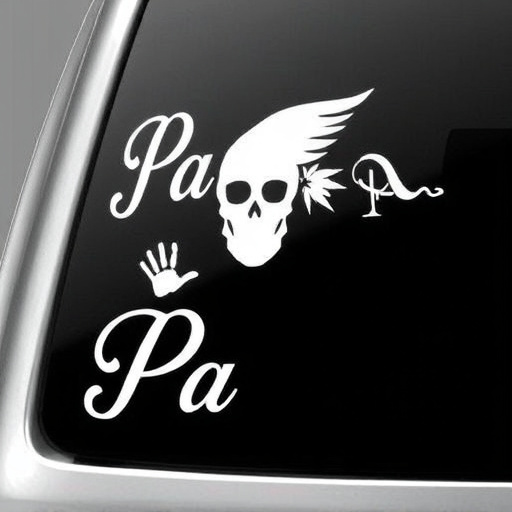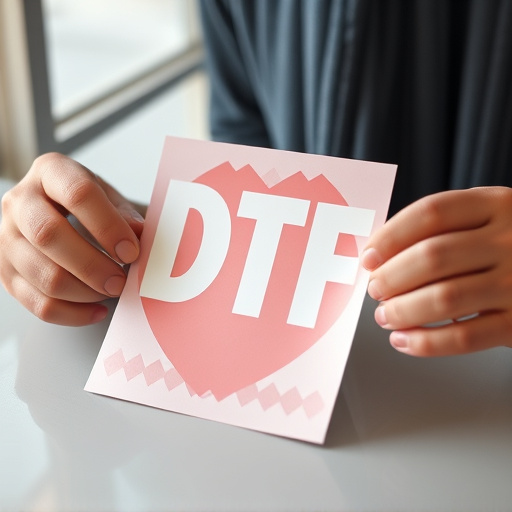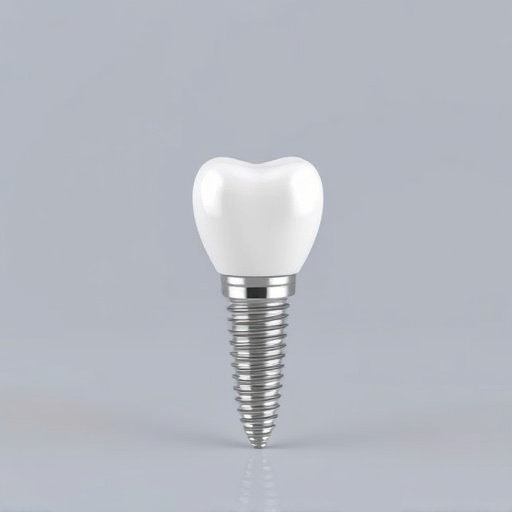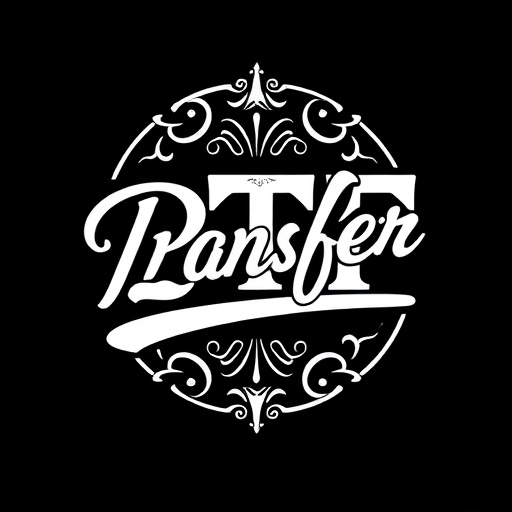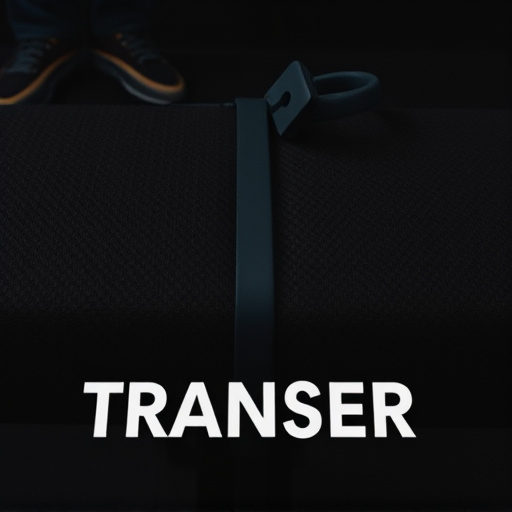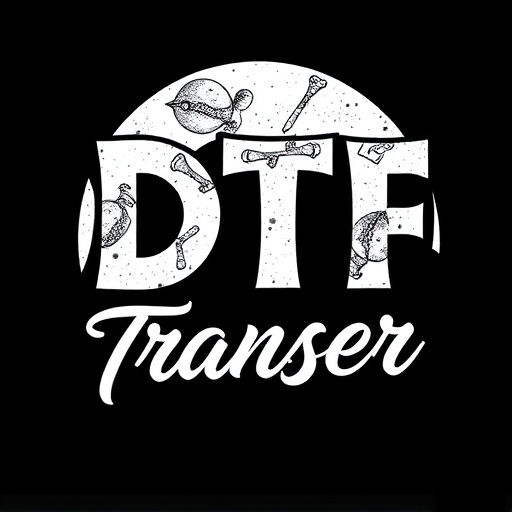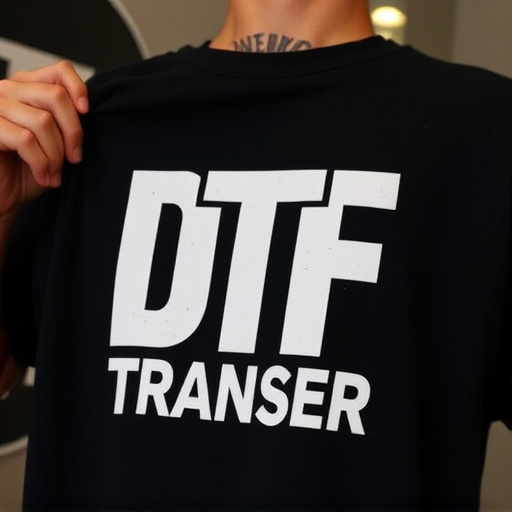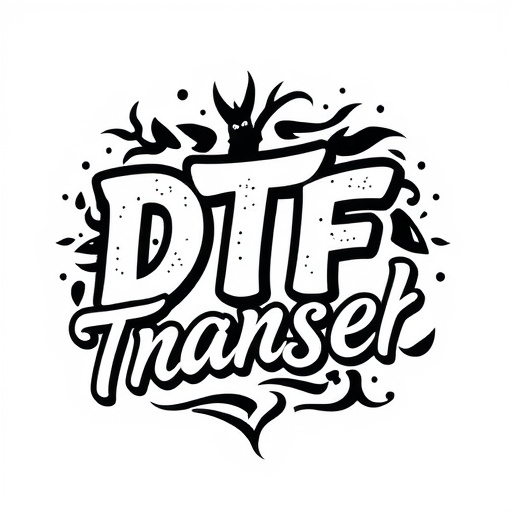Direct-to-Film (DTF) transfer is a modern printing method offering high-quality, durable prints on various surfaces like textiles, plastics, and glass. It directly applies ink using specialized printers, preserving design vibrancy and detail without intricate cutting or weeding. DTF Printing has gained popularity for its ease of use and versatility in custom clothing, signage, and home decor. Compared to Heat Transfer Vinyl (HTV), DTF provides sharper details, brighter colors, and a more durable finish due to its direct application process, making it ideal for professional applications demanding precision and visual excellence.
In the realm of custom printing, Direct-to-Film (DTF) transfers and Heat Transfer Vinyl (HTV) methods have emerged as popular choices. This article delves into the intricate comparison between these two techniques, offering a comprehensive guide for users to make informed decisions. From understanding the fundamentals of DTF transfer to exploring the traditional yet robust nature of HTV, each method’s strengths and applications are laid bare. We dissect their print quality, use cases, and cost-efficiency, providing insights that revolutionize your customization journey.
- Understanding Direct-to-Film (DTF) Transfer: A Simple Overview
- Heat Transfer Vinyl: The Traditional Method and Its Pros
- DTF Transfer Process: Step by Step Comparison
- Quality Analysis: DTF vs Heat Transfer Vinyl Prints
- Applications and Use Cases for Each Method
- Cost and Efficiency: Which Option Offers Better Value?
Understanding Direct-to-Film (DTF) Transfer: A Simple Overview
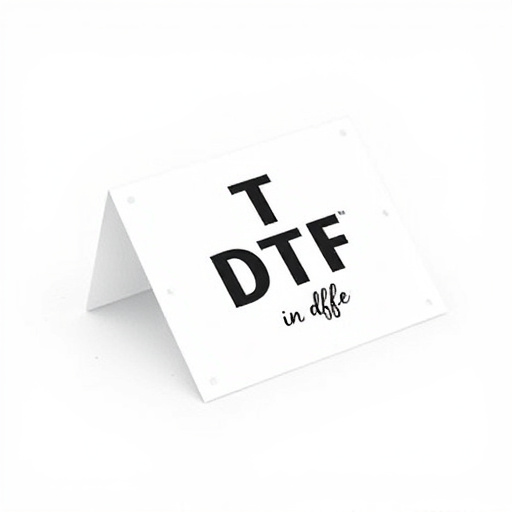
Direct-to-Film (DTF) transfer is a simple yet powerful method for applying graphics and designs to various surfaces. In this process, ink is directly printed onto the target material using specialized printers, eliminating the need for intermediate media like heat transfer paper or vinyl. DTF Printing offers several advantages, particularly for those seeking high-quality, durable prints on a range of materials, including textiles, plastics, and even glass. The method ensures that the design’s vibrancy and detail are preserved, making it ideal for everything from custom clothing to signage.
DTF transfer has gained popularity due to its versatility and ease of use. It allows designers and businesses to create unique, personalized items quickly and efficiently. With DTF Printing, complex designs with fine lines, gradients, and multiple colors can be achieved without the need for intricate cutting or weeding processes commonly associated with heat transfer vinyl. This accessibility has made DTF Prints a favorite among hobbyists, small businesses, and professionals alike.
Heat Transfer Vinyl: The Traditional Method and Its Pros

Heat Transfer Vinyl (HTV) has long been the traditional method for creating custom prints and designs on a variety of materials. This process involves applying heat and pressure to transfer ink from a design onto a substrate, such as fabric or plastic. The DTF transfer process offers several advantages that make it a popular choice for many applications.
One of the key benefits of using Heat Transfer Vinyl is its versatility. DTF printing allows for intricate and detailed designs, making it suitable for a wide range of products including apparel, accessories, and even home decor items. Additionally, the DTF transfer process can produce vibrant, long-lasting prints that are resistant to fading and peeling, ensuring high-quality DTF prints that meet demanding aesthetic standards.
DTF Transfer Process: Step by Step Comparison
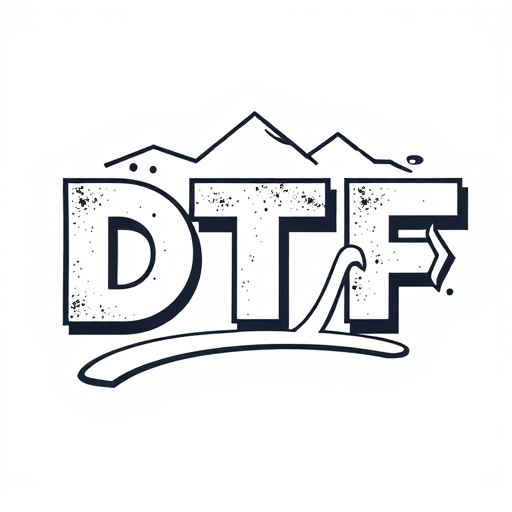
The Direct-to-Film (DTF) transfer process involves a precise and modern approach to applying prints onto various materials. It begins with designing or sourcing the artwork, which is then digitally prepared for printing. The DTF printer uses specialized ink and a high-resolution plotter to precisely transfer the image onto a film sheet, layer by layer. This film acts as a carrier, allowing for detailed and vibrant prints.
Once the DTF transfer is complete, the film is carefully positioned over the desired substrate, typically fabric or plastic. Heat and pressure are then applied to fuse the printed film onto the material. The process involves precise temperature control to ensure the ink adheres perfectly without smudging or fading. Unlike traditional heat transfer vinyl, DTF offers a direct application method, resulting in sharper details, brighter colors, and a more durable finish for long-lasting DTF prints.
Quality Analysis: DTF vs Heat Transfer Vinyl Prints
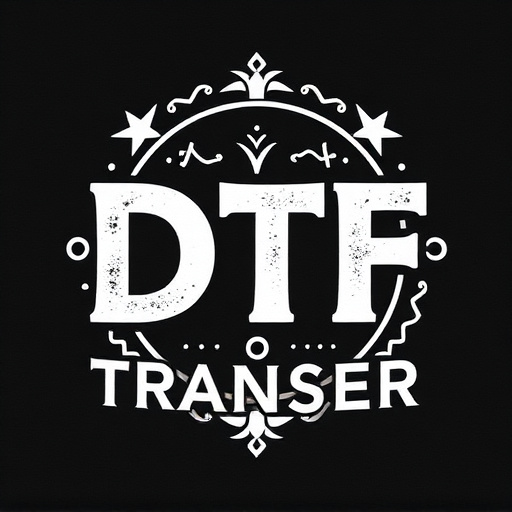
When comparing Direct-to-Film (DTF) transfers with heat transfer vinyl applications, quality analysis reveals distinct advantages for DTF printing. DTF technology bypasses the intermediate step of applying vinyl to a carrier sheet, resulting in prints that are incredibly sharp, vibrant, and accurate in detail. This direct application ensures there’s no loss of quality or color vibrancy, even when creating complex designs with fine lines and intricate patterns.
In contrast, heat transfer vinyl prints, while versatile, often face challenges in maintaining consistency across larger formats. The process involves transferring the design from a flexible sheet to the final substrate, which can introduce slight variations in color and detail due to the heat application. DTF printing, on the other hand, offers a more consistent and high-quality outcome, making it ideal for professional applications that demand precision and visual excellence, such as apparel, signage, and decorative items.
Applications and Use Cases for Each Method
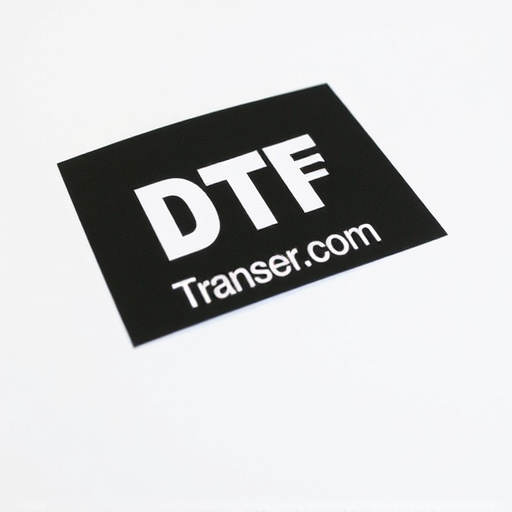
Direct-to-film (DTF) transfer and heat transfer vinyl (HTV) applications have distinct use cases that cater to different needs in various industries. DTF printing, a cutting-edge technology, offers unparalleled versatility for creating high-quality prints on a wide range of surfaces. It’s particularly favored in the apparel industry for custom clothing, allowing designers to bring unique, detailed artwork directly onto fabric with vibrant colors and fine lines. DTF transfers also find applications in signage, offering durable outdoor displays for businesses.
On the other hand, heat transfer vinyl is widely used for creating decorative and functional elements on a variety of materials like cotton, polyester, leather, and more. HTV allows for intricate designs and smooth finishes, making it popular among crafters, small business owners, and hobbyists. From personalizing items to mass production runs, HTV offers efficiency and precision in applying graphics and text. It’s commonly employed for creating name tags, logos on corporate gifts, custom phone cases, and even home décor pieces.
Cost and Efficiency: Which Option Offers Better Value?
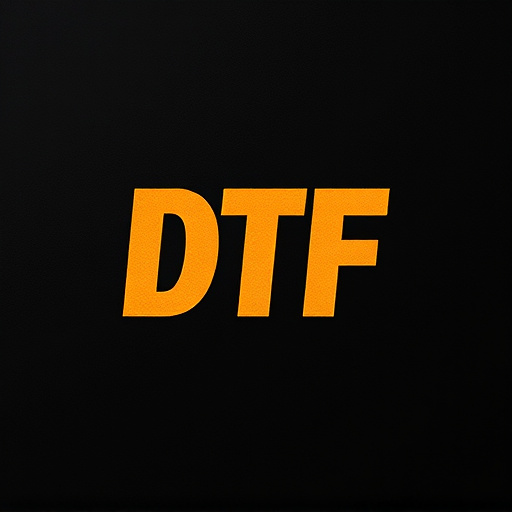
When comparing direct-to-film (DTF) transfers with heat transfer vinyl applications, cost and efficiency play a significant role in determining which option offers better value. DTF printing involves applying ink directly to a substrate, eliminating the need for intermediate layers, which can streamline the production process and reduce material costs. This method is particularly advantageous for small-batch or on-demand printing, as it minimizes waste and allows for a more diverse range of designs.
On the other hand, heat transfer vinyl (HTV) involves transferring vinyl film with printed ink onto a substrate through heat and pressure. While initial setup costs for HTV machines might be higher, the long-term efficiency gains cannot be overlooked. HTV offers excellent durability and is suitable for larger production runs or applications requiring more robust materials. Moreover, the versatility of vinyl allows for easier customization and can accommodate various fabric types, making it a flexible option for diverse product lines.


